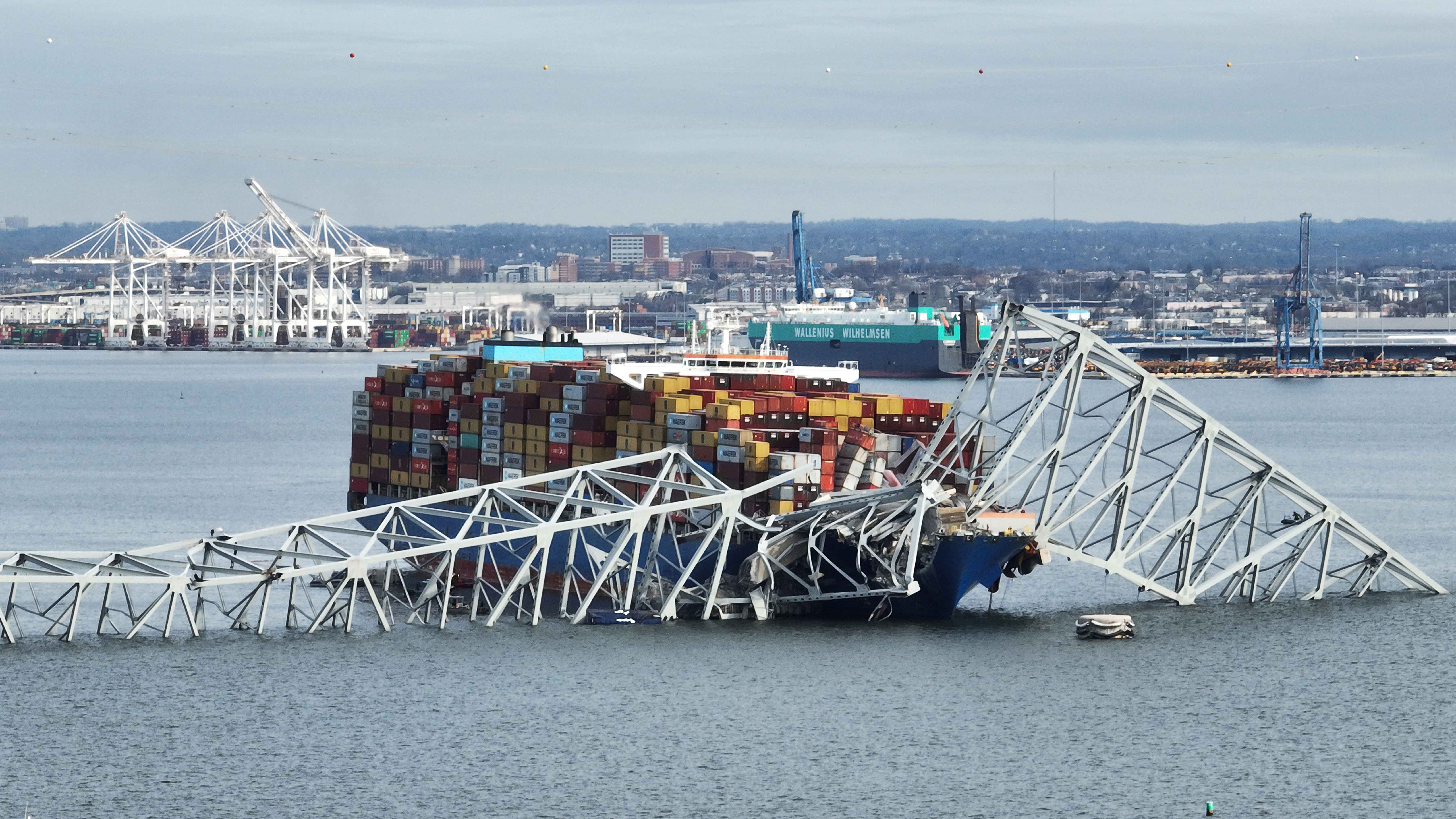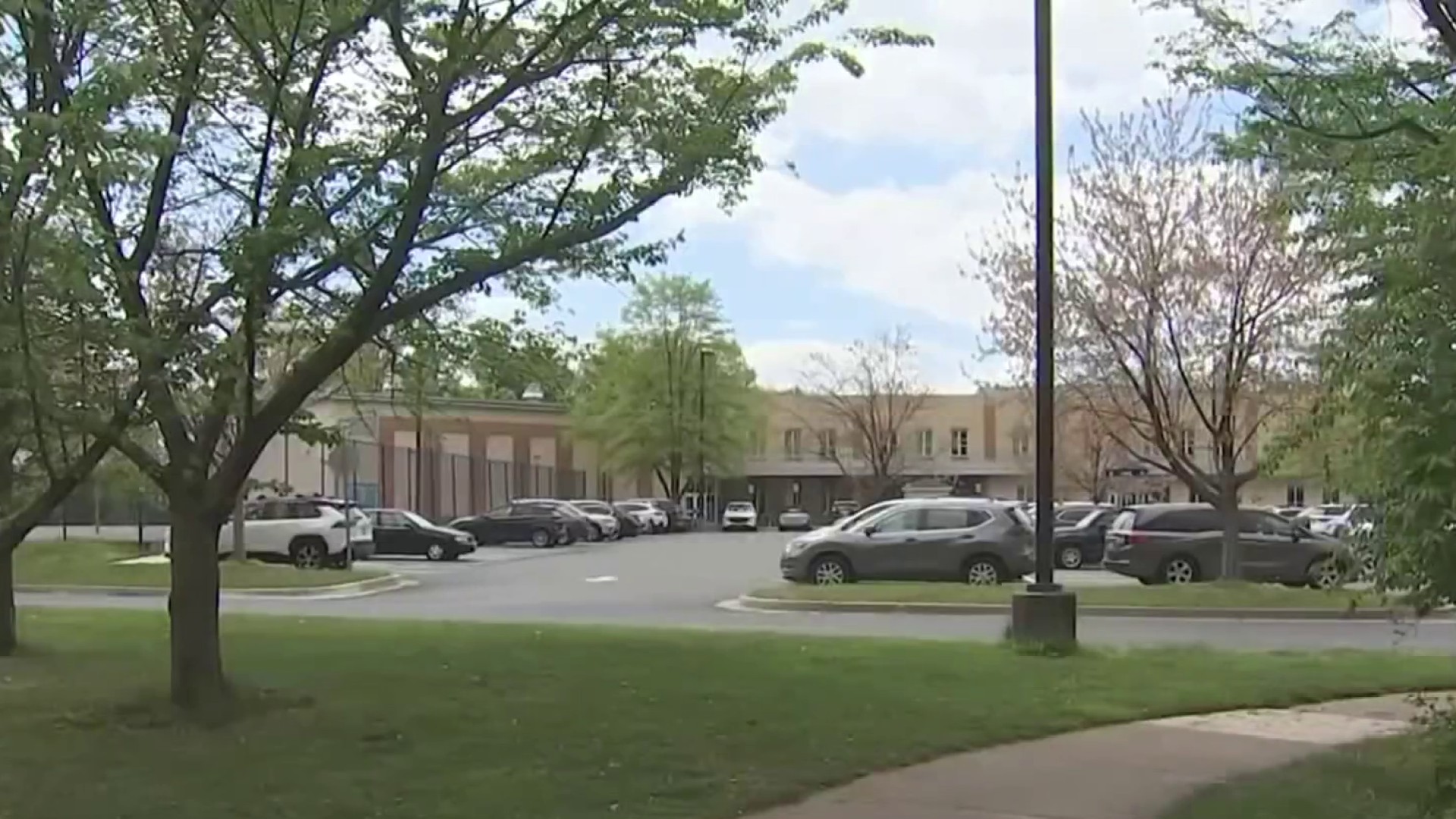When it comes to WMATA improvements, I'd settle for a NextBus system that worked half the time. But given my dithers, I wouldn't mind the kind of improvements China is planning in the transit departments -- improvements that include radical sci-fi departures like overpass buses and bullet trains that never stop moving.
Endgadget posted yesterday about buses that hover high over traffic yet register under bridges, allowing cars to pass under them. Tracks for these super-futuristic bridge-buses will actually be in place before the end of the year in Beijing's Mentougou district.
That video brings to mind an incredible that Jason Kottke posted earlier in the year on bullet trains that don't have to stop before they pick up and drop off passengers at stations -- another innovation in Beijing's future:
Never mind the fact that Metro board members don't attend Metro board meetings -- much less the broader consequences of the decline of American empire that make innovative public transit development in the U.S. a pipe dream. Pretend, for a moment, that not only did the District have bullet-train service, but the budget and drive to improve and reconceive bullet-train service. Imagine a Metrobus system that not only featured dedicated bus lanes but also hoped to make lanes that served both cars and buses. Could either of these options work for D.C.?
There's one downside to the buses (beyond the fact that they don't exist yet). One of the goals of public transit is to in fact reduce the prevalence of automobile use. Cities that build roads must maintain roads. A lane that serves as a track for the bridge bus and for automobiles is going to require the same kind of maintenance that conventional tracks require. And it does nothing to discourage driving and private, single-driver automobile ownership, which should be one of the goals of public transit. Then again, with such awesome buses, who would ever drive?
Local
Washington, D.C., Maryland and Virginia local news, events and information
The only obvious downside to bullet trains that never stop is that the inertia differential between a train moving that fast and a passenger car at rest could be seriously unpleasant for the passengers. The design video features suspicious physics that appears to mitigate this problem: When the train hits the station, one car glides off while the other coasts on.
But the greatest obstacle to implementing both these designs in the District? WMATA would need to administer them.



